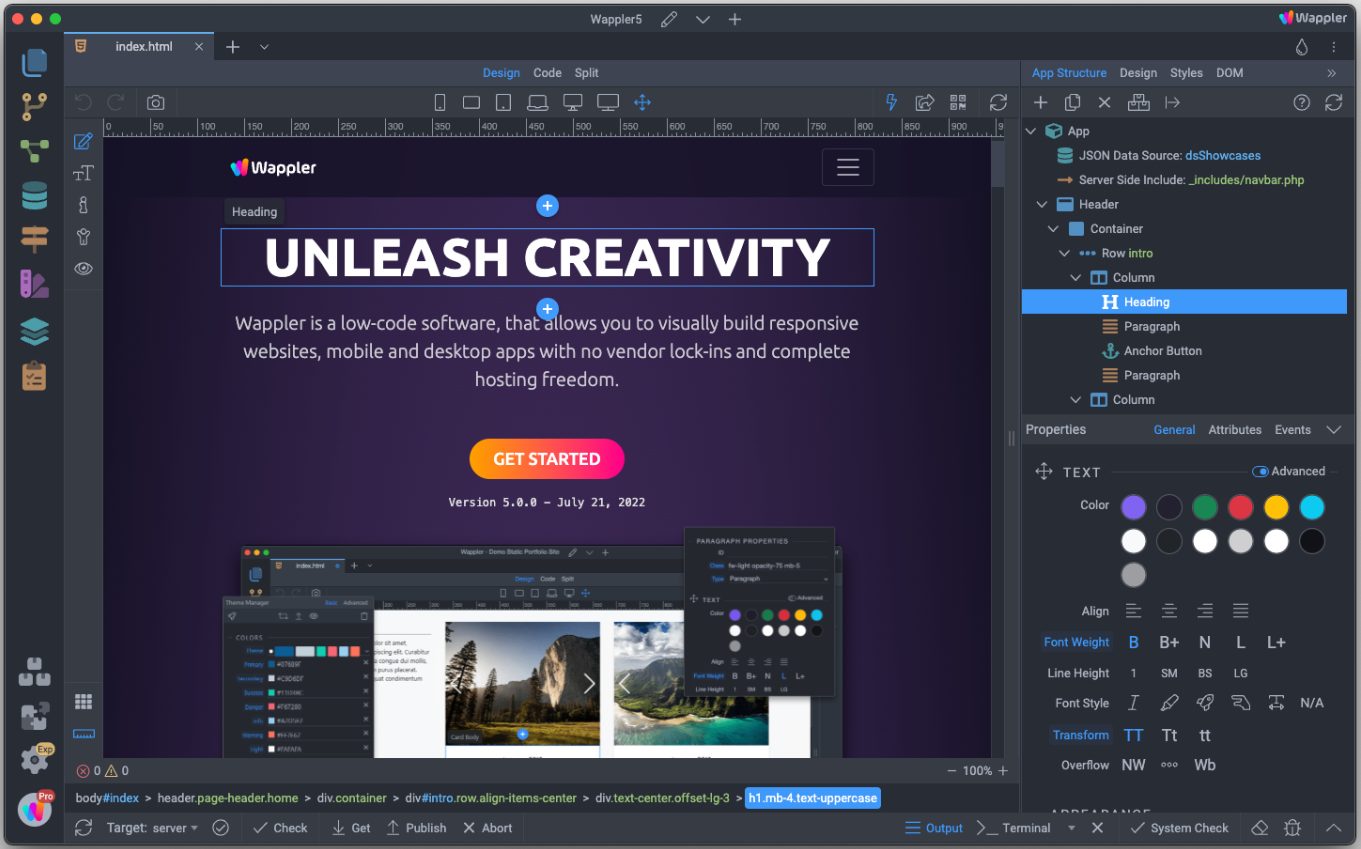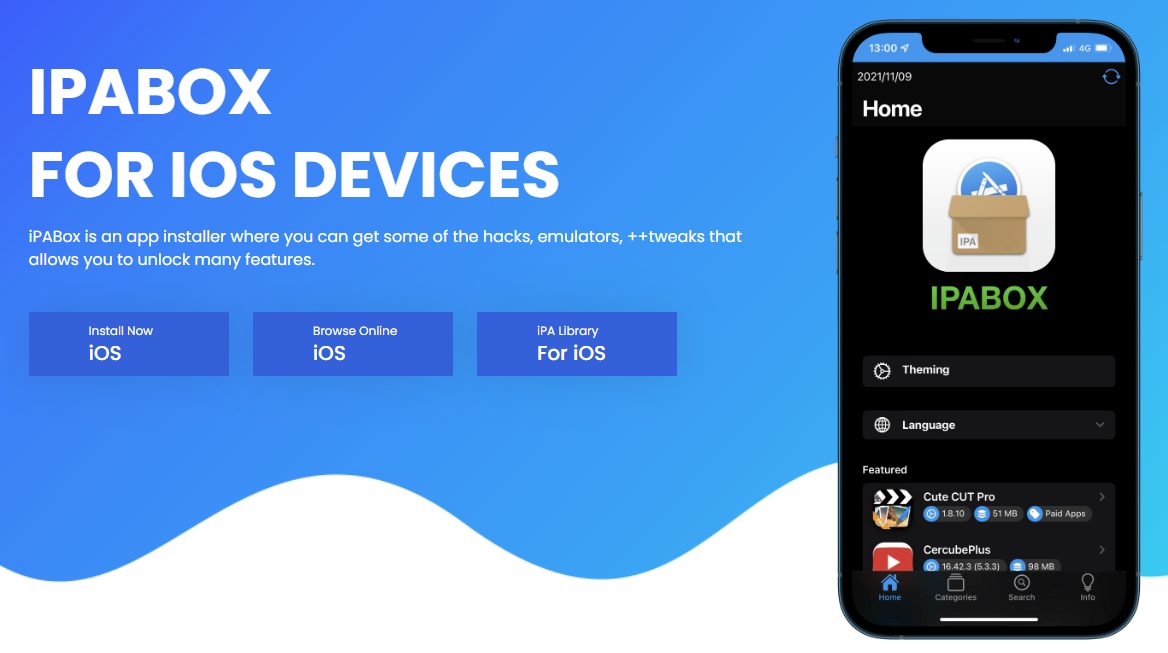With the advancement of technology, customers expect a fast and highly interactive web application from development companies. During the early days of web development, websites and applications were only limited to desktops or laptops. However, the demand for information on the go has completely changed this story. A recent survey shows that more than 50% of the total internet traffic is dominated by mobile users. This also justifies the importance of the mobile user community to increase the growth of any company.
All businesses should adopt a flawless Framework for mobile testing to ensure the best end-user experience for their customers. Mobile application testing forms a critical part of the total web development community. So, all company owners must take this industry seriously to secure the future of their business.
The utilization of the right kind of Mobile device testing system is very much important for the organizations to be implemented so that there will be no problem and deployment of the solution will be perfectly carried out as per the needs and requirements of the organizations

An effective plan for mobile application testing ensures that developers can eliminate a large number of bugs and issues from the mobile app before releasing it to their end-users. There are various benefits of mobile application testing that company owners are still unaware of. So, in this article, we are going to discuss the prominent practices for improving the quality of mobile app testing.
The Benefits of Performing Mobile App Testing
Before analysing the ways to improve mobile app testing, we need to understand the importance of this process. So, let us discuss the benefits of performing mobile app testing before application release:
- It ensures that all the applications are accessible and scalable across various platforms.
- The companies can develop and release high-quality applications as they are testing them based on consistency, usability, and functionality.
- A mobile application that passed the testing phase can handle multiple user logins without sacrificing the overall performance of the framework.
- With the help of effective testing, the companies can maintain seamless usability by enabling user interaction.
- Mobile app testing also involves network compatibility testing which ensures that the application can overcome network errors. So, it can perform smoothly across the various networks.
- The accessibility testing of Rocketlab’s Mobile app testing ensures that the mobile application is accessible to all types of people irrespective of disabilities or knowledge restrictions.
- The visual aesthetics verification process ensures that the web application retains its UI positioning irrespective of the screen size or device resolution.
In simple terms, we can justify that all companies can massively profit by implementing mobile app testing within their development workflow. Now, let’s take a look at some of the best practices to increase the effectiveness of the mobile testing environment.
Best Practices to Elevate Your Mobile Testing Skills
Wisely Choose the Devices for Testing
As a software developer, you must be using the latest mobile device for your daily use. However, many experts suggest that the web tester must never consider his device as the benchmark for mobile app testing. A recent survey shows that more than 50% of the total mobile users use devices at least two years old. So, the developer must wisely choose the devices for testing. The primary goal of this process is to find out a generic device line-up that almost covers the entire userbase. The developers can also conduct market research to understand user preferences. Lastly, a company must remember that the tablet community also comes under the tag of mobile users. So, they must test the app on these devices as well.
Elaborately Define the Test Cases and Practice Early Testing
During the early years of software development, companies used to believe that testing must be conducted during the production phase. However, this process increased the development time and delayed the delivery of the final web application. So, companies began to realize that they must perform mobile testing before the application advances to the production phase. For this process, the developers must elaborately describe the test cases involved in every phase. This data must contain all the vital information about the working mechanism of the web application and the required programming languages. In this competitive industry, companies must strive to deliver high-quality web applications to the end-users as soon as possible. The companies must also ensure that all the different teams work in close coordination for easy data sharing.
Practice Testing on Real Mobile Devices
To save the testing expenses, many companies use Android or iOS emulators for mobile app testing. Even with the advancement of Technology, no Virtual Machine can substitute the importance of a real mobile device. So, a company should invest in a physical device testing lab to develop high-quality mobile applications. A physical device testing lab can indeed become highly expensive and almost impossible for small companies. To solve this problem, the companies should perform market research and find out the most popular mobile devices. This will help them to save the hassle of maintaining devices that only a small fraction of the audience uses. Real mobile devices also help to test the behaviour of the web application according to human interaction. This data is highly essential for certain applications like Ecommerce or financial apps.
Perform Usability, Interface, and Functional Testing
The overall success of a mobile application depends on its functionality, interface, and usability. The functionality of a web application ensures that it remains functional on all mobile devices irrespective of its specification. The interface of a web application involves all the visual elements and the data that is displayed on it. This factor is highly essential to maintain user engagement and send out a positive message about the company. Lastly, the functionality of a web application ensures that all the elements are functioning as they are intended to. A malfunctioning web application can hamper the User experience. In a worst-case scenario, it can irritate the end-users and force them to abandon the web application forever. So, we can justify that the functioning of the web application can highly affect the bounce rates and user retention rates.
Adaptation of Security and Performance Testing for the Success of the Application
In this modern generation, people are relying on mobile applications for almost all of their daily activities. This might include trivial stuff like shopping and serious activities like money transfers. This means that a mobile application will have to handle several sets of sensitive user data. So, a developer must ensure that the application is devoid of any bugs on breaches that might hand over the data to unauthorized sources. It is a wise idea to create a safe vault to store all these data according to the user. Lastly, the developers must ensure that the increased security of the web application does not cause a backdrop in its performance. They must perform performance testing to ensure proper integration of the security measures with the UI workflow. The developers must remember that the ultimate goal of a company is to provide the best User experience to the customers.
Automate Your Mobile Testing Processes
During the early years of software development, companies used to perform all the redundant processes by manual testing. This process consumed a lot of time, effort, and cost in the application development life cycle. With the advancement in technology, the developers devised new methods to conduct the redundant processes. This gave birth to Automation Testing. Automation Testing helps to perform all the repetitive tests with the help of an automated test script. Moreover, the developers can reuse a massive portion of these test scripts for future projects. Currently, there are various tools and platforms that the testers can use to perform automation testing of mobile applications. Certain platforms use cloud services to enable parallel testing of web applications. Let us consider the example of LambdaTest to understand the concept of Cloud-based Automation Testing:
LambdaTest is a platform to perform automated cross-browser testing on multiple devices using a cloud-based server. The developers can use LambdaTest to test their applications on thousands of devices, operating systems, and browsers. The primary goal of LambdaTest is to ensure a web application functions flawlessly on every possible device combination. The developers can use LambdaTest to perform UI Testing on the Application. This process ensures that the application positions the UI elements properly irrespective of the device size. LambdaTest helps to track the activity log by maintaining a record of all the final test reports. For mobile testing, it uses its cloud server and removes the hassle of maintaining a costly physical testing lab. LambdaTest also supports the growth of start-up companies by providing various attractive plans.
Have A Watchful Eye Over the Battery Consumption
In this busy society, time is one of the most important aspects for a person. To be a successful individual, no one can afford to waste even one second of their life. We can justify this belief by studying the charging habits of a mobile user. A survey shows that 80% of people want to charge their device once every 24 hours. Moreover, they want this feature while performing fairly heavy usage of their device. So, as an application developer, you must ensure minimal battery consumption for the app. This is just one of the several steps to increase user satisfaction.
The companies must direct the developers to create the application in such a way that it keeps the processor busy for a short period. Lastly, a developer must remember that in the present generation, battery consumption is an important aspect that users consider while choosing a device or an app.
The Conclusive Views
In recent years the total number of mobile devices has dramatically risen in all sectors of the industry. Many experts further believe that this number will continue to increase in the coming years. Mobile devices allow the end-users to access any form of data on the go. These are the first choice of commuters for data consumption. Web developing companies need to adapt themselves to this change to secure their position in this competitive market. It is illogical for companies to alienate any segment of the industry based on device compatibility. So, companies must ensure that their applications continue to function flawlessly and maintain user satisfaction.
End-to-end mobile app testing is essential as the end-users will only accept the best mobile applications. In this article, we discussed some of the best practices that a company should follow to increase the effectiveness of the mobile testing framework. The tool selection process also plays a critical role in ensuring the success of the testing framework. During this process’ developers should consider the project requirements and the company’s ideas to make a perfect choice. The proper use of mobile app testing will be highly beneficial for the growth of any web development company.








